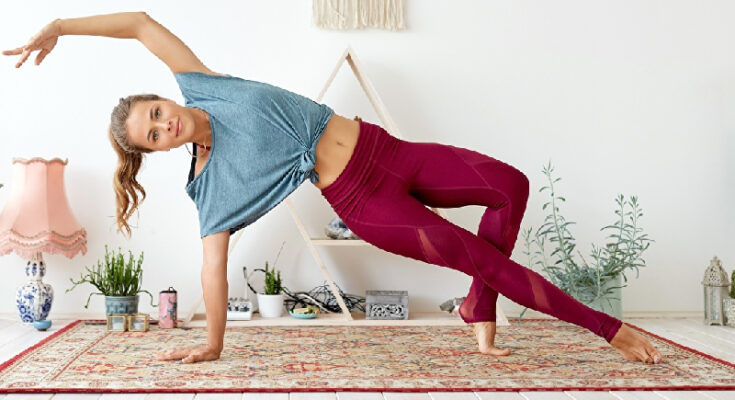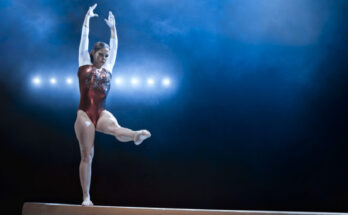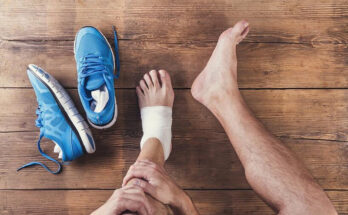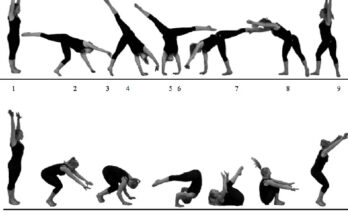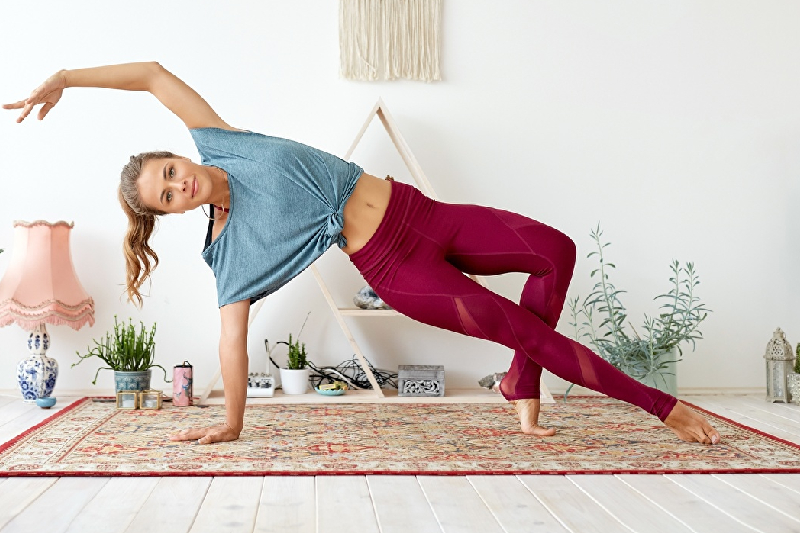
It is usually considered that gymnasts would benefit little from yoga because they are already strong and flexible. Yoga, on the other hand, has body-balancing benefits that are important not just for current performance but also for long-term health.Yoga can assist gymnasts to enhance their performance in four important areas:
How To Handle Stress:
Competitions generate a high level of stress due to the extremely competitive environment and pressure from parents, coaches, and also from gymnasts. It takes a gymnast a long time to perform before a scorer and a judge.
While waiting, one is prone to having negative thoughts enter their minds. They are very hard on themselves as teenagers.
It is vital to be ready for the performance; sadly, there is often little guidance in this area, which is where breathing may help. Reduced, long, steady breaths have been demonstrated to help decrease heart rates, relax the mind, and increase oxygen levels in the blood, all of which aid in performance and endurance during stressful situations.
Gymnasts can employ breathing exercises to better prepare themselves and keep calm while waiting for their turn, as well as to prepare their bodies and muscles to perform.
Enhance your concentration.
A competition can be distracting due to several distractions such as sounds, noises, cheering coaches and parents, and other gymnasts executing both routines simultaneously during the same moment. Focusing on their performance and avoiding being influenced by their senses will aid in their performance.
The practice of yoga, which aims to balance the mind and body helping with the mental focus and development of balance . Developing mindfulness established during position practice will aid in improving focus and quieting the mind. Meditation will also help with sensory detachment and concentration improvement.
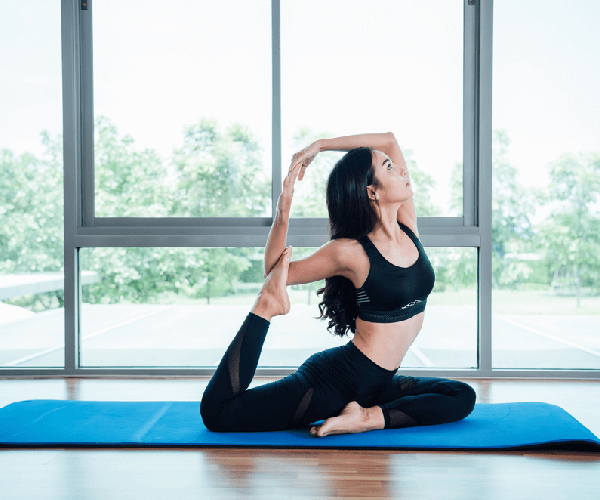
Posture And Awareness:
Body imbalance is widespread among gymnasts due to their young ages and inability to keep their bodies balanced, as well as the sport’s dynamic nature. To compensate for weaker muscles, some muscles become overdeveloped. Other locations are especially flexible and open, and they are abused in order to open up the body, resulting in a vicious spiral of physical imbalance.
Despite the fact that many people associate yoga with increasing bodily flexibility, the inhibiting and stimulating of specific muscle groups in yoga postures are more beneficial to these gymnasts than the potential for increased flexibility by doing sport gymnastics. Yoga postures can be effective in strengthening weak areas as well as opening tight ones when practiced concentrating on sustaining them in order to increase muscle activation. This will also promote joint stability (especially those with hyper extensions, such as the knees and elbows ) and improve awareness of the body, with the goal of eventually enhancing mental stamina, stability, and functional mobility .
NO for Injuries:
The most common injuries are to the body’s Iigaments and tendons. As a result, injury prevention is best achieved by improving joint health. Strengthening and stabilising joints (the most vulnerable areas of the body is crucial not just to prevent injury, but also for longevity.
By extending the joints in the least mobile position,, yin yoga techniques help to build flexibility and enhance overall ligament and joint health by moving into the maximal range of motion and staying there while releasing muscular tension (e.g., hip flexion, spinal twists, or shoulder extension) . Another significant benefit of this type of yoga is the ability to find peace while stretching and softening the joints. Stretching to the full extent of your ability encourages inner attention and contributes to the development of awareness. Yoga in this style allows practitioners a great deal of movement freedom, which is beneficial to gymnasts.
It is essential that a strong sense of awareness must be cultivated from the ground up. Strengthening your feet and ankles for a stable foundation for the “bounce” required in tumbling sports, as well as stabilising the knee during standing, the emphasis should be on preventing knee hyperextension and encouraging students in using their quadriceps more effectively. By avoiding hyperextension, you can use a block to support each calf, for example, can aid in the activation of the muscles of the upper leg. The slightest bend in the knees should be encouraged during straight-leg postures so as to reach the knee’s “neutral” position.
Mobility of the spine, particularly lateral movement and twisting, is crucial for good spinal health. The thoracic/lumbar opening provides the majority of mobility to the athlete, who must be stabilised to avoid overusing this region of the back. Lower back muscles must be strengthened in positions in which the chest is elevated, such as Cobra posture ( Bhujangasana) and (Locust Pose) Salambasana.

